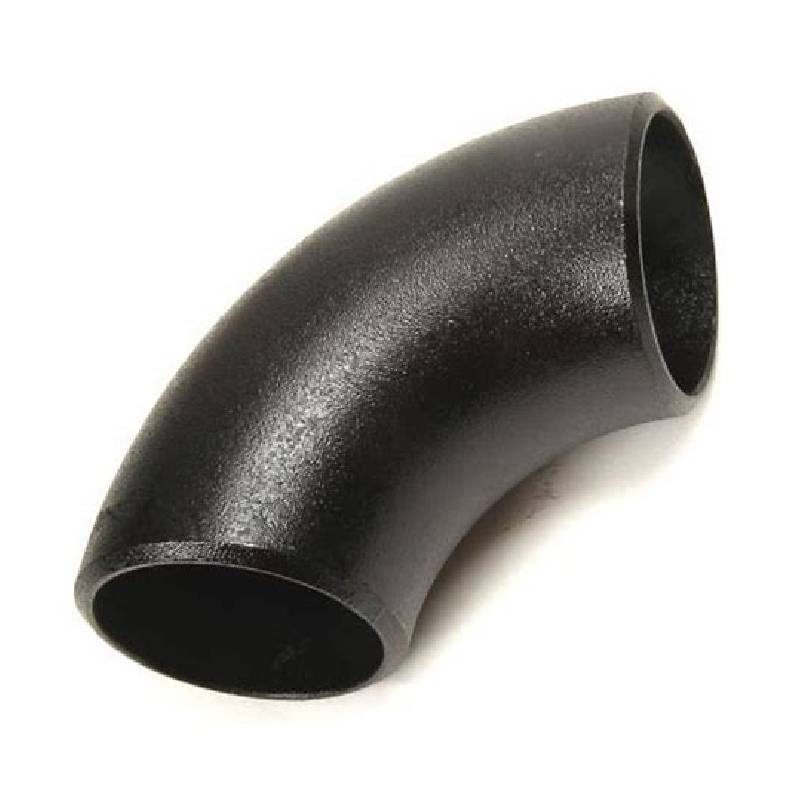-
Cangzhou Yulong Steel Co., Ltd.
-
Phone:
+86 13303177267 -
Email:
admin@ylsteelfittings.com
- English
- Arabic
- Italian
- Spanish
- Portuguese
- German
- kazakh
- Persian
- Greek
- French
- Russian
- Polish
- Thai
- Indonesian
- Vietnamese
- Zulu
- Korean
- Uzbek
- Hindi
- Serbian
- Malay
- Ukrainian
- Gujarati
- Haitian Creole
- hausa
- hawaiian
- Hebrew
- Miao
- Hungarian
- Icelandic
- igbo
- irish
- Japanese
- Javanese
- Kannada
- Khmer
- Rwandese
- Afrikaans
- Albanian
- Amharic
- Armenian
- Azerbaijani
- Basque
- Belarusian
- Bengali
- Bosnian
- Bulgarian
- Catalan
- Cebuano
- China
- China (Taiwan)
- Corsican
- Croatian
- Czech
- Danish
- Esperanto
- Estonian
- Finnish
- Frisian
- Galician
- Georgian
- Kurdish
- Kyrgyz
- Lao
- Latin
- Latvian
- Lithuanian
- Luxembourgish
- Macedonian
- Malgashi
- Malayalam
- Maltese
- Maori
- Marathi
- Mongolian
- Myanmar
- Nepali
- Norwegian
- Norwegian
- Occitan
- Pashto
- Dutch
- Punjabi
- Romanian
- Samoan
- Scottish Gaelic
- Sesotho
- Shona
- Sindhi
- Sinhala
- Slovak
- Slovenian
- Somali
- Sundanese
- Swahili
- Swedish
- Tagalog
- Tajik
- Tamil
- Tatar
- Telugu
- Turkish
- Turkmen
- Urdu
- Uighur
- Welsh
- Bantu
- Yiddish
- Yoruba

Dec . 04, 2024 16:56 Back to list
api 5l x60 pipe wall thickness
Understanding API 5L X60 Pipe Wall Thickness
When it comes to the transportation of oil and natural gas, the integrity and durability of pipeline materials are of utmost importance. The API 5L specification is a widely recognized standard developed by the American Petroleum Institute for pipeline transportation systems. Among different specifications, the X60 grade has gained prominence for its strength and versatility. Central to the performance of API 5L X60 pipes is the aspect of wall thickness, which plays a critical role in ensuring safety, longevity, and efficiency.
What is API 5L X60?
API 5L X60 steel pipes are designed for the transportation of oil and gas. The designation X60 indicates a minimum yield strength of 60,000 psi, which makes it suitable for high-pressure environments. Generally, API 5L pipes are divided into two main categories PSL 1 and PSL 2. PSL 2 pipes have enhanced mechanical properties and stricter testing requirements, making them suitable for more demanding applications.
Importance of Wall Thickness
The wall thickness of a pipe is a crucial factor that affects its ability to withstand internal pressure, external forces, and environmental conditions. For API 5L X60 pipes, the wall thickness is carefully specified to ensure the safety and reliability of the pipeline. Insufficient wall thickness can lead to failures such as leaks or ruptures, hence proper design and material selection are essential.
1. Pressure Resistance The wall thickness directly correlates to the pipe's ability to withstand internal pressure. According to the formula for hoop stress, the greater the wall thickness, the higher the pressure that a pipe can endure. This characteristic is particularly essential in pipeline systems that operate under high-pressure conditions. For instance, in natural gas transportation, the pressure can be significantly high, necessitating thicker walls for X60 pipes to prevent failure.
api 5l x60 pipe wall thickness

2. Wear Resistance The operational environment can expose pipes to various abrasive materials or corrosive substances. A thicker wall can provide better resistance against wear and corrosion, thus extending the lifespan of the pipeline. In applications where the transported fluids contain sand or other particulate matter, adequate wall thickness becomes paramount.
3. Temperature Variation Pipes often experience fluctuating temperatures, which can cause expansion and contraction. A thicker wall can offer better thermal stability and minimize the risk of stress fractures caused by temperature variations. This is particularly relevant in regions that experience significant seasonal temperature shifts.
4. Installation and Handling Thicker-walled pipes tend to be heavier, which can complicate logistics during transport and installation. However, their robustness can make them less susceptible to damage during handling. Proper planning and execution during the installation phase are critical to mitigate any challenges arising from the weight of thicker pipes.
Regulatory Standards and Specifications
API 5L X60 pipes must adhere to certain regulatory standards when it comes to wall thickness. The specific thickness can vary based on the diameter of the pipe and the intended service conditions. The minimum wall thickness is defined in specifications, and manufacturers must adhere to these guidelines to ensure compliance and safety. For example, pipes that are to be used in high-stress environments will necessarily have thicker walls than those intended for low-stress applications.
Conclusion
In summary, API 5L X60 pipes are integral to the oil and gas industry, providing safe and efficient means for transporting crucial resources across vast distances. The wall thickness of these pipes plays a vital role in ensuring that they can withstand the immense pressures and challenging conditions they face. As industries continue to push for higher performance and safety standards, the specifications related to wall thickness will remain a focal point of development in pipeline technologies. Adhering to these specifications is not just a regulatory requirement but a vital practice for operational safety and efficiency, ensuring that energy resources can be transported safely and sustainably.
Latest news
-
ANSI 150P SS304 SO FLANGE
NewsFeb.14,2025
-
ASTM A333GR6 STEEL PIPE
NewsJan.20,2025
-
ANSI B16.5 WELDING NECK FLANGE
NewsJan.15,2026
-
ANSI B16.5 SLIP-ON FLANGE
NewsApr.19,2024
-
SABS 1123 FLANGE
NewsJan.15,2025
-
DIN86044 PLATE FLANGE
NewsApr.19,2024
-
DIN2527 BLIND FLANGE
NewsApr.12,2024
-
JIS B2311 Butt-Welding Fittings LR/SR 45°/90° /180°Seamless/Weld
NewsApr.23,2024











